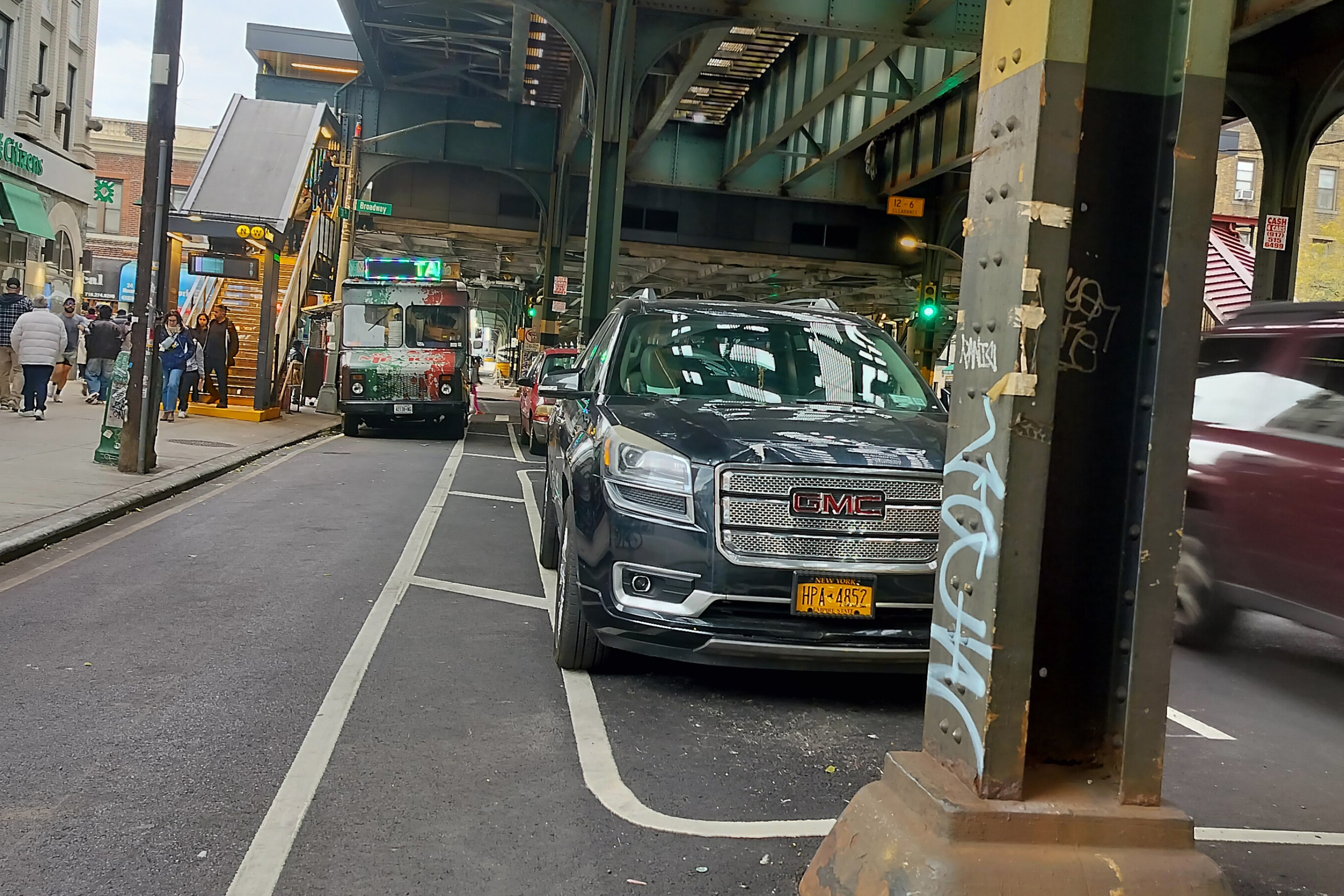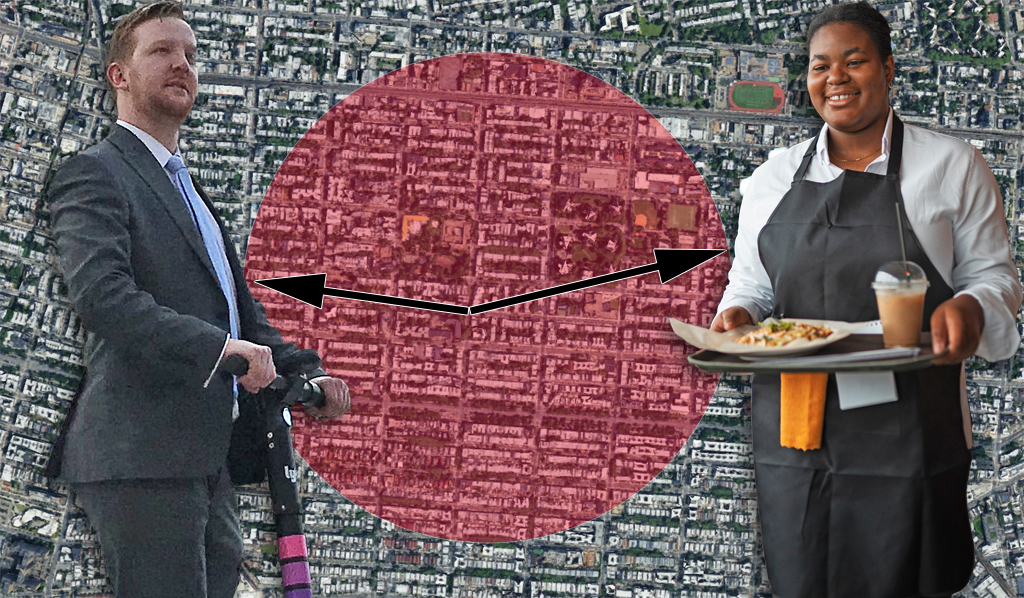One of the most interesting developments to emerge from today's big announcement on bike safety is the idea that bicycling is now being treated by city government as a public health issue. This is from the City's press release:
Bicycle lanes and helmets may reduce the risk of death.
- Almost three-quarters of fatal crashes (74%) involved a head injury.
- Nearly all bicyclists who died (97%) were not wearing a helmet.
- Helmet use among those bicyclists with serious injuries was low (13%), but it was even lower among bicyclists killed (3%).
- Only one fatal crash with a motor vehicle occurred when a bicyclist was in a marked bike lane.
Nearly all bicyclist deaths (92%) occurred as a result of crashes with motor vehicles.
- Large vehicles (trucks, buses) were involved in almost one-third (32%) of fatal crashes, but they make up approximately 15% of vehicles on NYC roadways.
- Most fatal crashes (89%) occurred at or near intersections.
- Nearly all (94%) fatalities involved human error. All New Yorkers, whether pedestrians, bicyclists or motorists, can help prevent crashes by following traffic signs and signals and respecting other road users.
Men and some children face particular challenges.
- Most bicyclists who died were males (91%), and men aged 45-54 had the highest death rate (8.1 per million) of any age group.
- Among children aged 5-14, boys had a much higher death rate than girls; Queens had the highest child bicyclist death rate of the five boroughs.
Possible clusters of deaths and serious injuries were identified.
- The 3 densest clusters (3 or more fatal crashes within 1,000 feet) were found on the east side of Manhattan north of midtown, Park Slope in Brooklyn (2 near the Western edge closer to the Gowanus Canal), and Hunts Point in the Bronx.
- Crashes resulting in serious injury (5 or more serious injuries within 250 feet) were clustered in Midtown Manhattan, the northern side of Central Park and the Central Bronx.
Data Sources
Data on fatalities in this report comes from DOT's Fatality Database. Data on serious injuries comes from the New York State DOT Safety Information Management System (SIMS).





